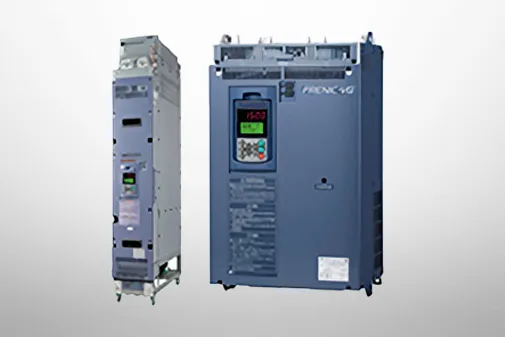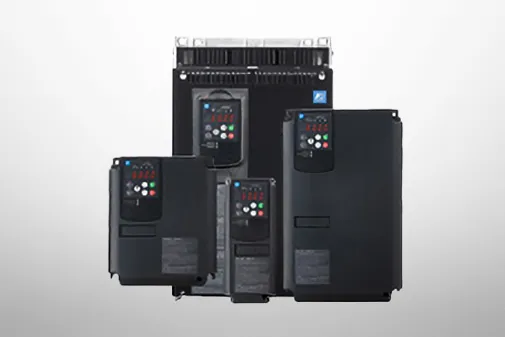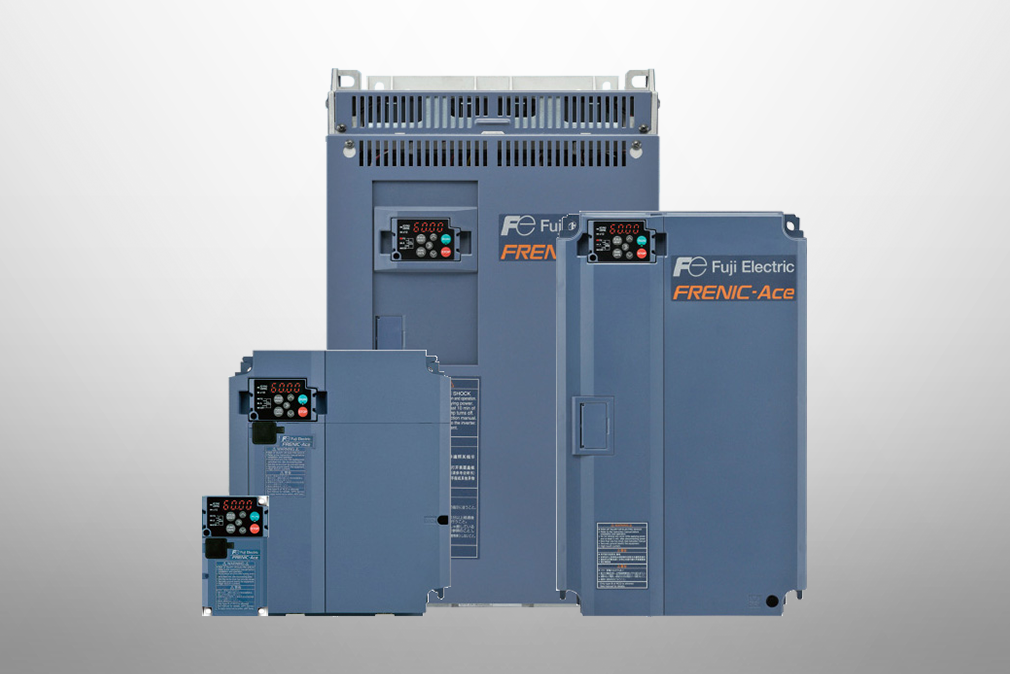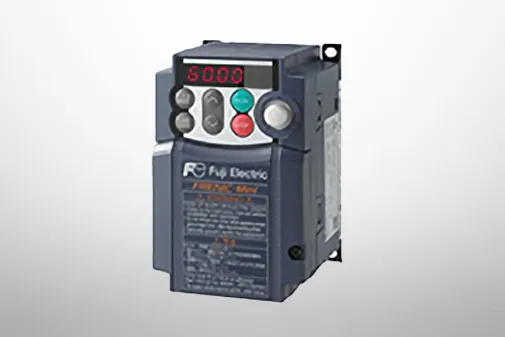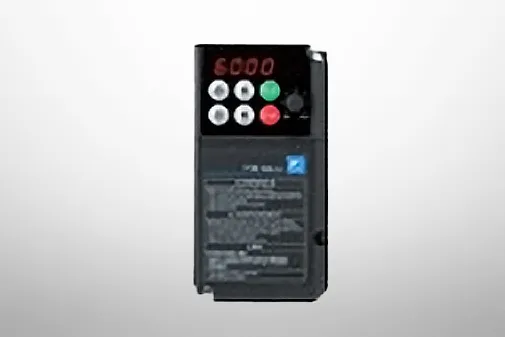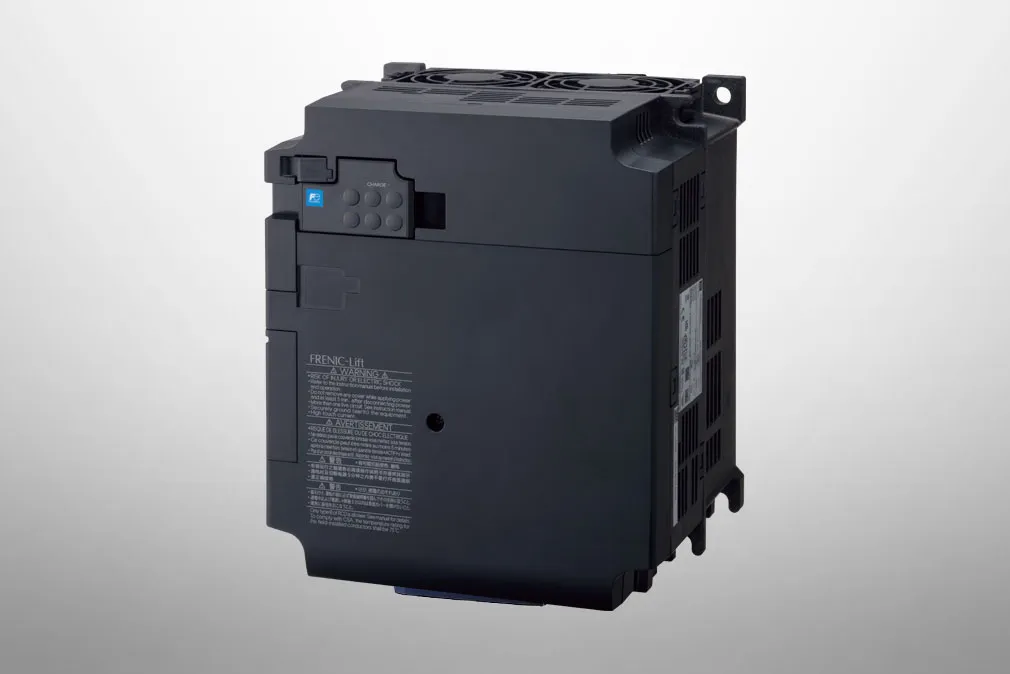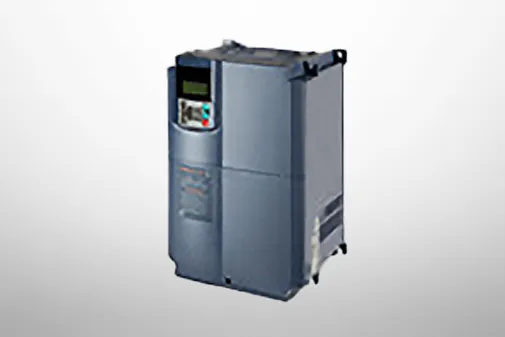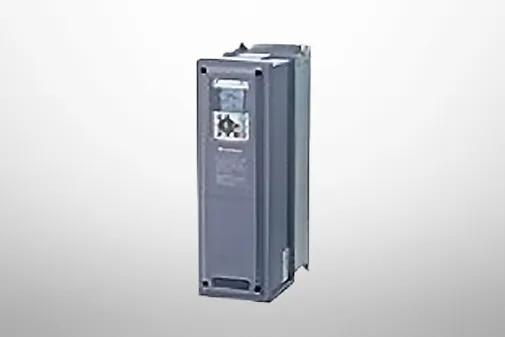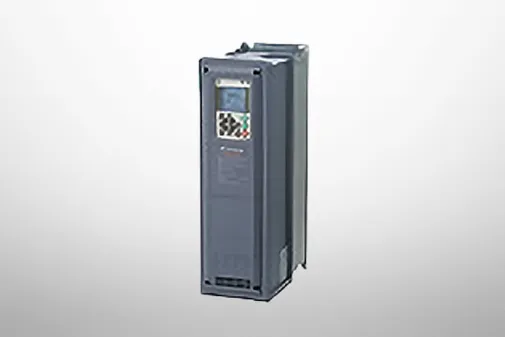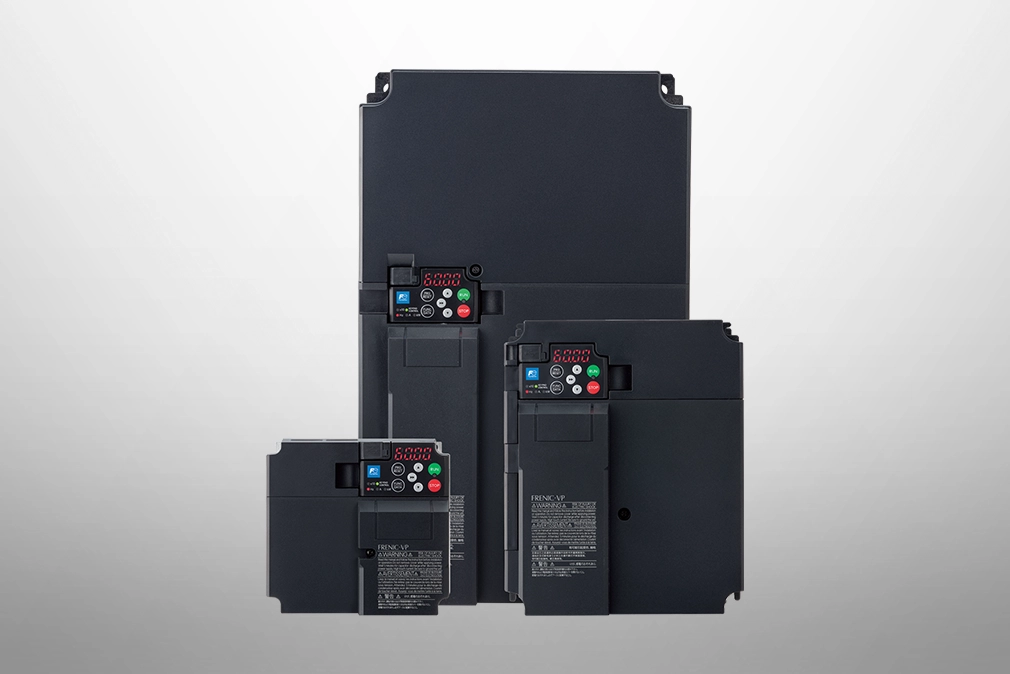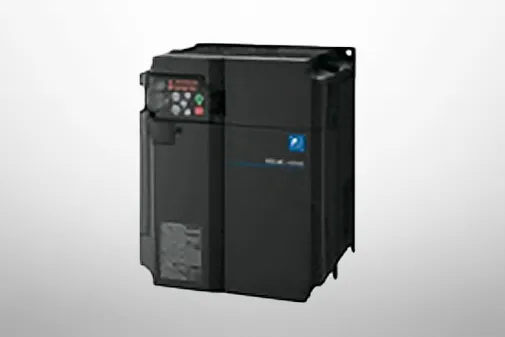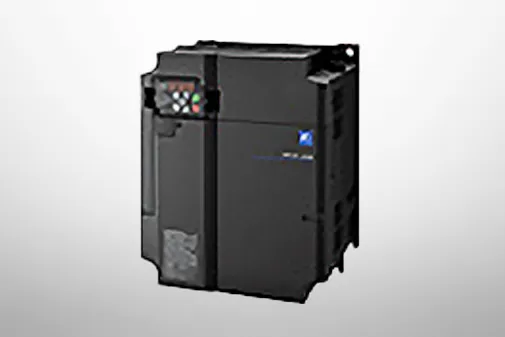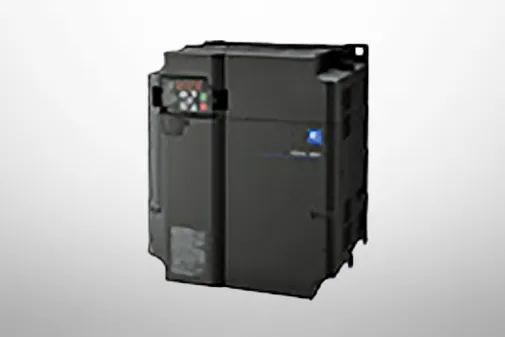FRENIC-MEGA (G1)
Standard Specifications | Three-phase 230V
This type is not available in this region.
If you need more information for this products, please contact us through the inquiry form.
This type is not available in this region.
If you need more information for this products, please contact us through the inquiry form.
-
Standard Specifications Three-phase 230V
Basic type (Three-phase 230V)
LD (Low Duty)-mode inverters for light load
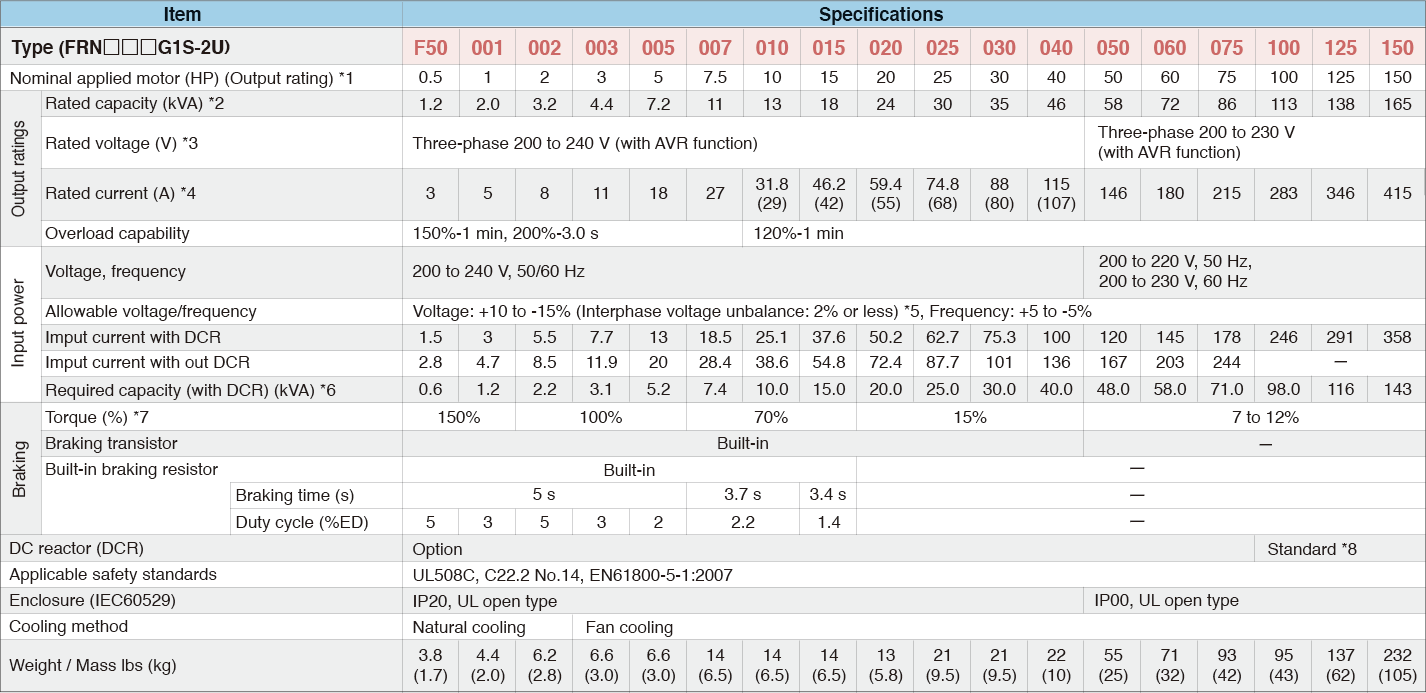
-
Note1
-
US 4P-standard induction motor
-
Note2
-
Rated capacity is calculated assuming the rated output voltage as 230 V for 230 V series and 460 V for 460 V series.
-
Note3
-
Output voltage cannot exceed the power supply voltage.
-
Note4
-
To use the inverter with the carrier frequency of 3 kHz or more at the surrounding temperature of 40°C (104°F) or higher, manage the load so that the current comes to be within the rated ones enclosed in parentheses ( ) in continuous running.
-
Note5
-
Voltage unbalance (%) = (Max. voltage (V) - Min. voltage (V) / Three-phase average voltage (V)) × 67 (IEC 61800- 3)U
If this value is 2 to 3%, use an optional AC reactor (ACR).
-
Note6
-
Required when a DC reactor (DCR) is used.
-
Note7
-
Average braking torque for the motor running alone, without external braking resistor. (It varies with the efficiency of the motor.)
-
Note8
-
The FRN100G1S-2U or higher type comes with a DC reactor (DCR).
HD (High Duty)-mode inverters for heavy load
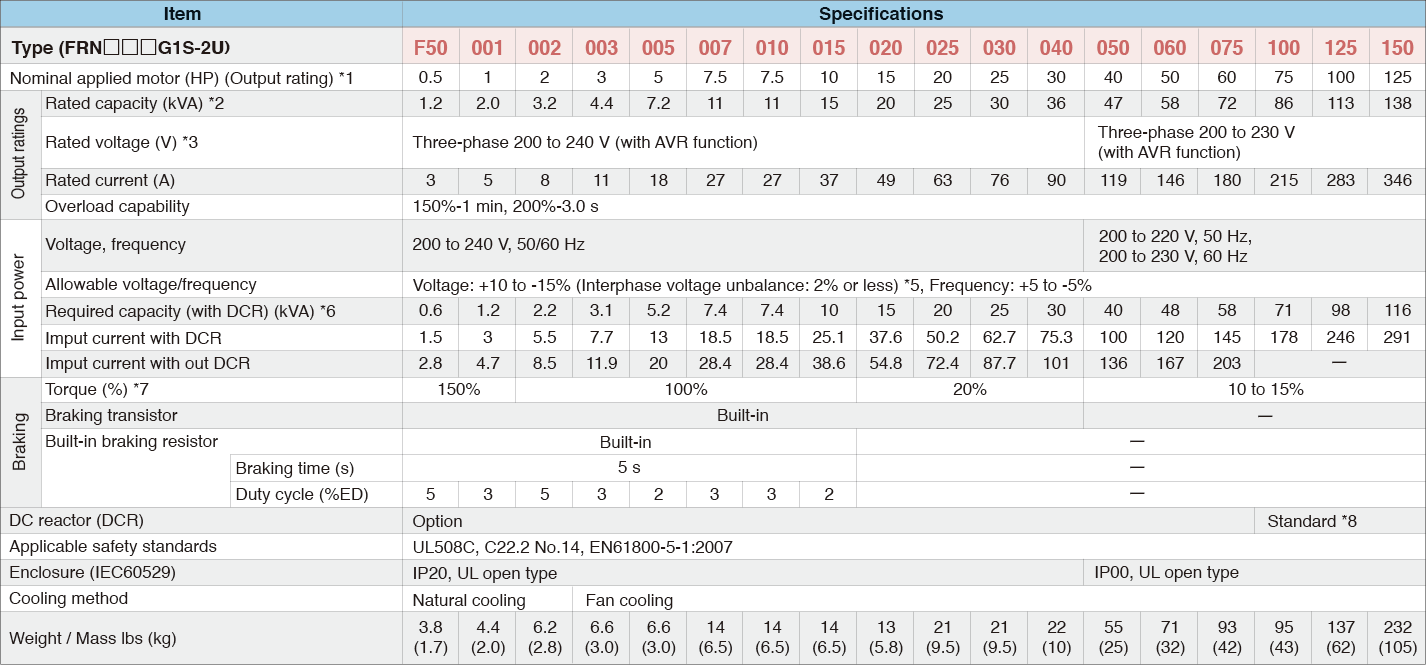
-
Note1
-
US 4P-standard induction motor
-
Note2
-
Rated capacity is calculated assuming the rated output voltage as 230 V for 230 V series and 460 V for 460 V series.
-
Note3
-
Output voltage cannot exceed the power supply voltage.
-
Note5
-
Voltage unbalance (%) = (Max. voltage (V) - Min. voltage (V) / Three-phase average voltage (V)) × 67 (IEC 61800- 3)U
If this value is 2 to 3%, use an optional AC reactor (ACR).
-
Note6
-
Required when a DC reactor (DCR) is used.
-
Note7
-
Average braking torque for the motor running alone, without external braking resistor. (It varies with the efficiency of the motor.)
-
Note8
-
The FRN100G1S-2U or higher type comes with a DC reactor (DCR).
This type is not available in this region.
If you need more information for this products, please contact us through the inquiry form.
This type is not available in this region.
If you need more information for this products, please contact us through the inquiry form.
This type is not available in this region.
If you need more information for this products, please contact us through the inquiry form.
This type is not available in this region.
If you need more information for this products, please contact us through the inquiry form.

